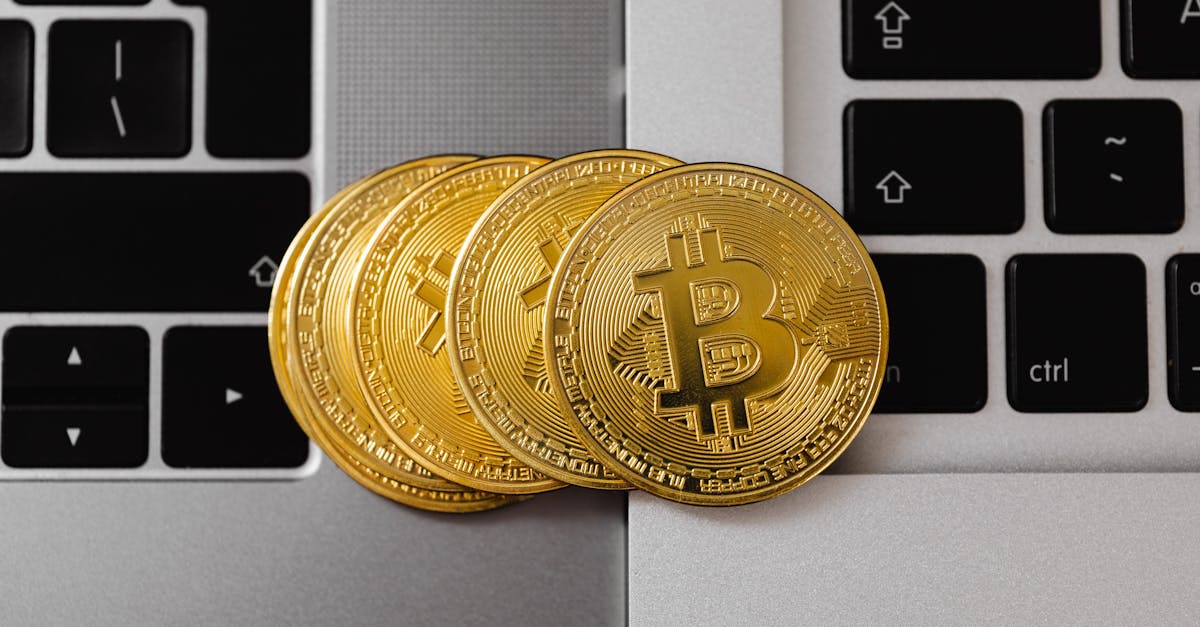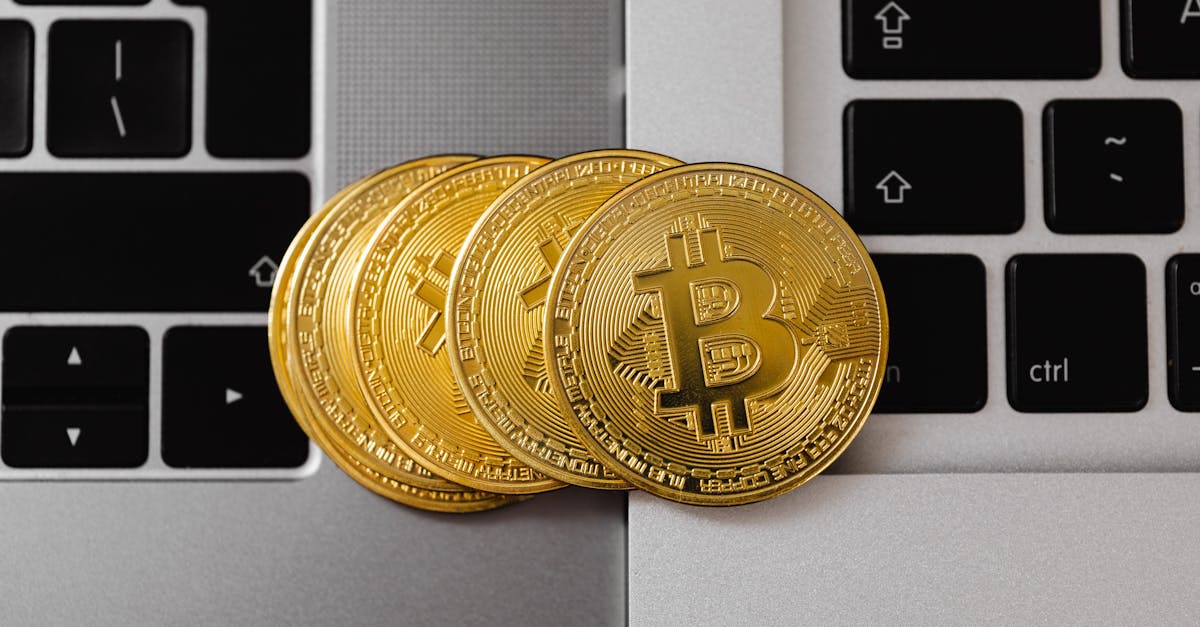Guiding the Gold Rush: Principles for Sustainable and Ethical Mining

Responsible Gold Mining: A Path to Sustainability!
For ages, gold has captivated humans with its allure and brilliance. However, the traditional methods of extracting this precious metal have often left a trail of environmental scars, social injustices, and human rights violations. Recognizing the urgent need for a paradigm shift, the concept of Responsible Gold Mining Principles (RGMP) has emerged. RGMP represents a comprehensive framework that aims to transform the gold mining industry into a beacon of sustainability and ethical practices.
RGMP encompasses a holistic approach that weaves together environmental stewardship, social responsibility, and economic viability. By minimizing ecological impacts, upholding human rights, and ensuring the equitable distribution of benefits, RGMP empowers mining companies to operate in harmony with nature and local communities. This responsible approach not only protects our planet but also paves the way for a more just and equitable society.
Key Insights
5 Key Points:
- Responsible Gold Mining Principles (RGMP) provide a framework for sustainable and ethical gold mining practices.
- RGMP encompasses environmental protection, social responsibility, and economic viability.
- Mining companies can minimize their environmental impact through measures such as water conservation and waste management.
- Social responsibility initiatives include promoting gender equality, protecting indigenous rights, and enhancing community well-being.
- Collaboration between stakeholders, capacity building, and monitoring mechanisms are crucial for effective RGMP implementation.
1. Introduction to Responsible Gold Mining Principles (RGMP)
Picture this: a world where mining doesn’t leave behind a legacy of environmental destruction, social inequality, and human rights abuses. That’s the vision behind Responsible Gold Mining Principles (RGMP). RGMP is a set of guidelines that aim to transform the gold mining industry into a force for good. It’s about recognizing that mining should benefit everyone – not just the companies that extract the gold.
RGMP is built on the idea that mining can be done in a way that protects the environment, respects human rights, and supports local communities. It’s about using mining as a tool for sustainable development, not just a way to make a quick buck. And it’s about ensuring that the benefits of mining are shared fairly with everyone, from the miners themselves to the communities where they live.
RGMP is still a relatively new concept, but it’s gaining traction fast. More and more mining companies are realizing that it’s not just the right thing to do, but it’s also good for business. By embracing RGMP, mining companies can improve their reputations, attract investors, and build trust with local communities. And that, in turn, can lead to more stable and profitable operations.
2. Pillars of Responsible Gold Mining

Pillars of Responsible Gold Mining
Responsible Gold Mining Principles (RGMP) rest on three key pillars: environmental protection, social responsibility, and economic viability. These pillars are interconnected and mutually reinforcing, creating a holistic framework for sustainable and ethical mining practices.
Environmental protection is about minimizing the impact of mining on the natural environment. This includes measures to protect water resources, reduce air pollution, and conserve biodiversity. It also means reclaiming mined land so that it can be used for other purposes after mining is complete.
Social responsibility is about respecting the rights of local communities and ensuring that mining benefits them. This includes providing fair wages and working conditions for miners, supporting local businesses, and investing in community development projects. It also means respecting the cultural heritage of local communities and obtaining their free, prior, and informed consent before starting mining operations.
Economic viability is about ensuring that mining operations are profitable and sustainable over the long term. This means using efficient mining techniques, minimizing waste, and diversifying revenue streams. It also means paying taxes and royalties to governments so that they can invest in public services and infrastructure.
By balancing these three pillars, RGMP provides a roadmap for mining companies to operate in a way that benefits everyone – not just the company’s shareholders. It’s a win-win-win approach that protects the environment, supports local communities, and ensures the long-term viability of mining operations.
3. Environmental Stewardship: Minimizing Ecological Impacts
Responsible Gold Mining Principles (RGMP) put environmental protection at the forefront. Mining can have a significant impact on the environment, but by adopting best practices, mining companies can minimize their ecological footprint and protect the natural world.
One key aspect of environmental stewardship is water conservation. Mining operations use a lot of water, so it’s important to use it efficiently and recycle it whenever possible. This can be done through measures such as using drip irrigation, collecting rainwater, and treating wastewater before releasing it back into the environment.
Another important aspect of environmental stewardship is waste management. Mining operations generate a lot of waste, including both hazardous and non-hazardous waste. It’s important to dispose of this waste properly to avoid polluting the environment. This can be done through measures such as recycling, composting, and landfilling in accordance with environmental regulations.
Land reclamation is another important aspect of environmental stewardship. When mining is finished, it’s important to reclaim the land so that it can be used for other purposes. This can involve replanting vegetation, restoring the soil, and creating new habitats for wildlife.
Finally, it’s important to protect biodiversity around mining operations. Mining can disrupt ecosystems and threaten endangered species. By taking steps to protect biodiversity, mining companies can help to preserve the natural world for future generations.
4. Social Responsibility: Upholding Human Rights and Empowering Communities

Social Responsibility: Upholding Human Rights and Empowering Communities
Responsible Gold Mining Principles (RGMP) recognize that mining should benefit local communities, not just mining companies. This means respecting human rights, providing fair labor practices, and engaging with local communities in a meaningful way.
One important aspect of social responsibility is respecting human rights. This includes the rights of workers, local communities, and indigenous peoples. Mining companies must ensure that their operations do not violate human rights, and they must take steps to protect the rights of those who may be affected by their operations.
Another important aspect of social responsibility is providing fair labor practices. This means paying fair wages, providing safe working conditions, and respecting the rights of workers to organize and bargain collectively. Mining companies must also ensure that their operations do not contribute to child labor or forced labor.
Finally, it’s important for mining companies to engage with local communities in a meaningful way. This means listening to the concerns of local communities, respecting their cultural heritage, and involving them in decision-making processes. Mining companies should also invest in local communities and support their development.
By upholding human rights, providing fair labor practices, and engaging with local communities, mining companies can make a positive contribution to the social and economic development of the communities in which they operate.
5. Economic Viability: Ensuring Sustainability and Local Benefits
Responsible Gold Mining Principles (RGMP) recognize that mining should be economically viable in order to be sustainable over the long term. This means that mining companies need to make a profit, but they also need to ensure that the benefits of mining are shared equitably with local communities.
One important aspect of economic viability is maximizing local economic development. This means creating jobs, supporting local businesses, and investing in infrastructure. Mining companies can do this by hiring local workers,采购 from local suppliers, and partnering with local businesses.
Another important aspect of economic viability is promoting transparency. This means being open and honest about the financial aspects of mining operations. Mining companies should disclose their revenues, costs, and profits, and they should be subject to independent audits.
Finally, it’s important to address issues of corruption. Corruption can undermine the economic viability of mining operations and prevent local communities from benefiting from mining. Mining companies should have strong anti-corruption policies and procedures in place, and they should work with governments and civil society organizations to combat corruption.
By ensuring economic viability, mining companies can create sustainable operations that benefit both the company and the local community.
6. Challenges and Opportunities in Implementation
Challenges and Opportunities in Implementing RGMP
Implementing Responsible Gold Mining Principles (RGMP) is not without its challenges. One challenge is the need for collaboration between stakeholders. RGMP requires the cooperation of mining companies, governments, local communities, and civil society organizations. This can be difficult to achieve, especially in areas where there is a history of conflict or mistrust.
Another challenge is the need for capacity building. Many mining companies and local communities do not have the knowledge or resources to implement RGMP effectively. This is where governments and civil society organizations can play a role by providing training and technical assistance.
Finally, there is the need for monitoring and enforcement mechanisms. RGMP will only be effective if it is properly monitored and enforced. This requires the development of strong regulatory frameworks and the establishment of independent monitoring bodies.
Despite the challenges, there are also opportunities associated with implementing RGMP. One opportunity is the potential for innovation and technological advancements. New technologies can help mining companies to reduce their environmental impact and improve their social and economic performance.
Another opportunity is the potential for increased investment. Investors are increasingly looking to invest in companies that are committed to sustainability. By implementing RGMP, mining companies can make themselves more attractive to investors.
Finally, RGMP can help to improve the reputation of the mining industry. Mining has often been associated with environmental degradation and social injustice. By embracing RGMP, mining companies can show that they are committed to operating in a responsible and sustainable manner.
7. Conclusion: Towards a Sustainable and Ethical Gold Industry
Conclusion: Towards a Sustainable and Ethical Gold Industry
The Responsible Gold Mining Principles (RGMP) offer a roadmap for a more sustainable and ethical gold industry. By embracing RGMP, mining companies can minimize their environmental impact, respect human rights, and support local communities. Governments can play a role by developing strong regulatory frameworks and providing support for capacity building. Consumers can play a role by choosing to buy gold from companies that are committed to RGMP.
The transition to a more sustainable and ethical gold industry will not be easy, but it is essential. The gold mining sector has a long history of environmental degradation and social injustice. RGMP offers a way to break with the past and create a new future for gold mining. By working together, mining companies, governments, and consumers can transform the gold mining sector and contribute to a more just and environmentally conscious society.
In addition to the benefits for the environment and local communities, RGMP can also benefit mining companies themselves. By adopting responsible practices, mining companies can improve their reputations, attract investors, and build trust with local communities. This can lead to more stable and profitable operations over the long term.
What are the key principles of RGMP?
The key principles of RGMP are environmental protection, social responsibility, and economic viability.
How can mining companies minimize their environmental impact?
Mining companies can minimize their environmental impact by adopting best practices such as water conservation, waste management, land reclamation, and biodiversity protection.
What are some of the social responsibility initiatives that mining companies can undertake?
Some of the social responsibility initiatives that mining companies can undertake include promoting gender equality, protecting indigenous rights, and enhancing community well-being.
How can governments support the implementation of RGMP?
Governments can support the implementation of RGMP by developing strong regulatory frameworks, providing support for capacity building, and establishing independent monitoring bodies.
What role can consumers play in promoting responsible gold mining?
Consumers can play a role in promoting responsible gold mining by choosing to buy gold from companies that are committed to RGMP.
Key Insights
Table of Key Insights:
| Key Insight | Description | |—|—|—|:—:|:-:| | Importance of RGMP: | Responsible Gold Mining Principles (RGMP) are essential for promoting sustainable and ethical practices in the gold mining industry. | | Pillars of RGMP: | RGMP encompasses three key pillars: environmental protection, social responsibility, and economic viability. | | Environmental Stewardship: | Mining companies can minimize their environmental impact through best practices such as water conservation, waste management, land reclamation, and biodiversity protection. | | Social Responsibility: | Social responsibility initiatives include promoting gender equality, protecting indigenous rights, and enhancing community well-being. | | Collaboration and Implementation: | Effective implementation of RGMP requires collaboration between stakeholders, capacity building, and robust monitoring mechanisms.